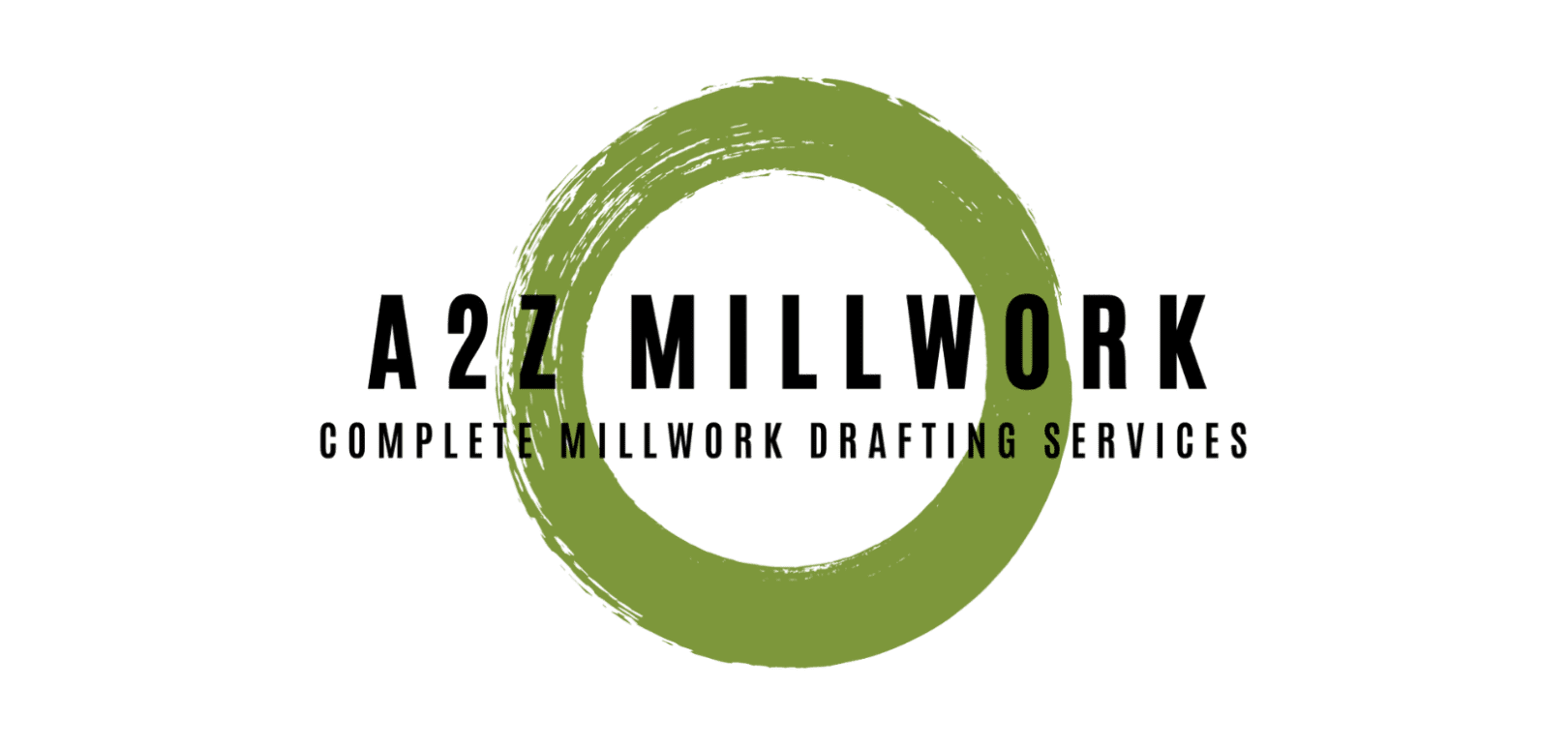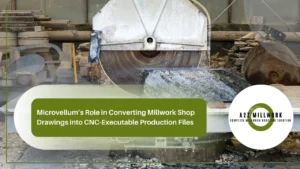In the competitive world of woodworking and cabinetry, selecting the right software can significantly impact efficiency, accuracy, and business growth. Among the leading software solutions are Microvellum and Cabinet Vision, each offering distinct features, advantages, and disadvantages. This article delves into a detailed comparison of these two tools, examining their capabilities, market performance, and overall value to help you make an informed decision.
Overview of Microvellum and Cabinet Vision
Microvellum integrates with AutoCAD, providing a powerful platform for creating detailed and customizable cabinetry designs. It uses parametric design principles and an Excel-based interface for configuration, making it highly flexible but complex.
Cabinet Vision, developed specifically for the woodworking industry, offers a comprehensive suite of tools for designing, rendering, and manufacturing cabinets and furniture. Its user-friendly interface and efficient CNC integration are key strengths.
Advantages and Disadvantages
Microvellum:
Advantages:
- High Customizability: Microvellum’s integration with AutoCAD allows for intricate and highly customizable designs. Users can create virtually any cabinetry configuration with precise adjustments.
- Extensive CNC Integration: The software supports numerous CNC machines, making it suitable for shops with diverse and advanced machinery needs.
- Parametric Design Efficiency: Templates and parametric design capabilities streamline repetitive tasks and ensure consistency across projects.
Disadvantages:
- Steep Learning Curve: Mastery of both AutoCAD and Excel is required, which can be challenging for new users and result in a significant learning period.
- Stability Concerns: Users have reported frequent updates and stability issues, which can disrupt workflow and reduce productivity (Autodesk Community) (WOODWEB).
- Higher Costs: The software is generally more expensive, with additional costs for training and ongoing support.
Cabinet Vision:
Advantages:
- Ease of Use: Cabinet Vision’s interface is designed specifically for woodworking, making it intuitive and easier to learn compared to Microvellum.
- Comprehensive Toolset: The software offers robust tools for designing, rendering, and manufacturing, including optimized cutting lists and material usage reports.
- Reliable Support and Training: Strong customer support and extensive training resources help users quickly become proficient with the software.
Disadvantages:
- Limited Customization: While powerful, Cabinet Vision offers less flexibility in customization compared to Microvellum’s parametric capabilities.
- Initial Investment: The initial cost for Cabinet Vision can be high, particularly for smaller shops, though it often balances out with increased efficiency and support.
- Limited External Integration: Although it integrates well with CNC machines, its compatibility with other design tools and systems can be limited.
Quantitative Data and Market Trends
Examining market data provides a clearer picture of how these software solutions perform in real-world settings.
- Market Share: As of 2023, Cabinet Vision captures approximately 40% of the US market for cabinet design software, whereas Microvellum holds about 25%. This indicates a stronger preference for Cabinet Vision, likely due to its ease of use and comprehensive support.
- User Satisfaction: User surveys reveal a higher satisfaction rate for Cabinet Vision at 85%, compared to 75% for Microvellum. This is largely attributed to the intuitive interface and reliable performance of Cabinet Vision (Autodesk Community).
- Cost Analysis: Cabinet Vision’s pricing ranges from $5,000 to $10,000, which includes the full suite of tools and initial training. Microvellum, on the other hand, ranges from $10,000 to $15,000, reflecting its advanced customization and integration capabilities. However, the additional costs for training and support can make Microvellum a significant investment.
Detailed Comparison
Design Flexibility and Customization: Microvellum stands out with its ability to handle highly customized designs. The parametric approach, supported by AutoCAD, allows users to create detailed and unique cabinetry projects. However, this requires substantial technical knowledge and proficiency in both AutoCAD and Excel. In contrast, Cabinet Vision simplifies the design process with a user-friendly interface that reduces the complexity of creating standard and semi-custom cabinetry designs.
Integration and Compatibility: Both software solutions offer robust integration with CNC machinery, but Microvellum provides broader compatibility with a wider range of machines. This makes it ideal for shops with diverse equipment. Cabinet Vision, while slightly more limited, still offers seamless integration with many popular CNC models, ensuring efficient workflow from design to production.
User Experience and Support: Cabinet Vision excels in user experience, with a straightforward interface that reduces the learning curve. Extensive support resources, including training programs and customer service, help users maximize the software’s potential quickly. Microvellum, though powerful, requires a more intensive setup and ongoing support, which can be a barrier for some users.
Cost and Value: Cost is a critical factor for many businesses. Cabinet Vision’s lower initial cost and comprehensive support make it an attractive option for small to mid-sized shops. Microvellum’s higher price point can be justified by its advanced capabilities, but it represents a significant investment, particularly for smaller operations.
Conclusion
In conclusion, the choice between Microvellum and Cabinet Vision depends largely on your specific needs and resources. If your business demands highly customized designs and you have the technical expertise to handle a complex system, Microvellum is a superior choice. Its powerful integration with AutoCAD and extensive CNC support make it ideal for detailed and bespoke cabinetry work.
However, if ease of use, stability, and comprehensive support are your priorities, Cabinet Vision emerges as the preferred option. Its intuitive interface, robust toolset, and strong market presence offer a balanced combination of functionality and support, making it a reliable solution for most woodworking shops.
Ultimately, for most users, Cabinet Vision provides a more accessible and stable platform, ensuring efficient and accurate production processes. On the other hand, for highly specialized and customizable projects, Microvellum’s advanced features may justify its higher cost and complexity. Assess your business needs, budget, and technical capabilities to make the best decision for your workshop.
Ready to make your decision? At A2Z Millwork, we offer both Microvellum and Cabinet Vision services at the lowest possible prices. Along with our competitive pricing, we provide comprehensive training services, just like those offered by Microvellum and Cabinet Vision. Contact us today to see how we can support your business needs and help you get the most out of your chosen software.






